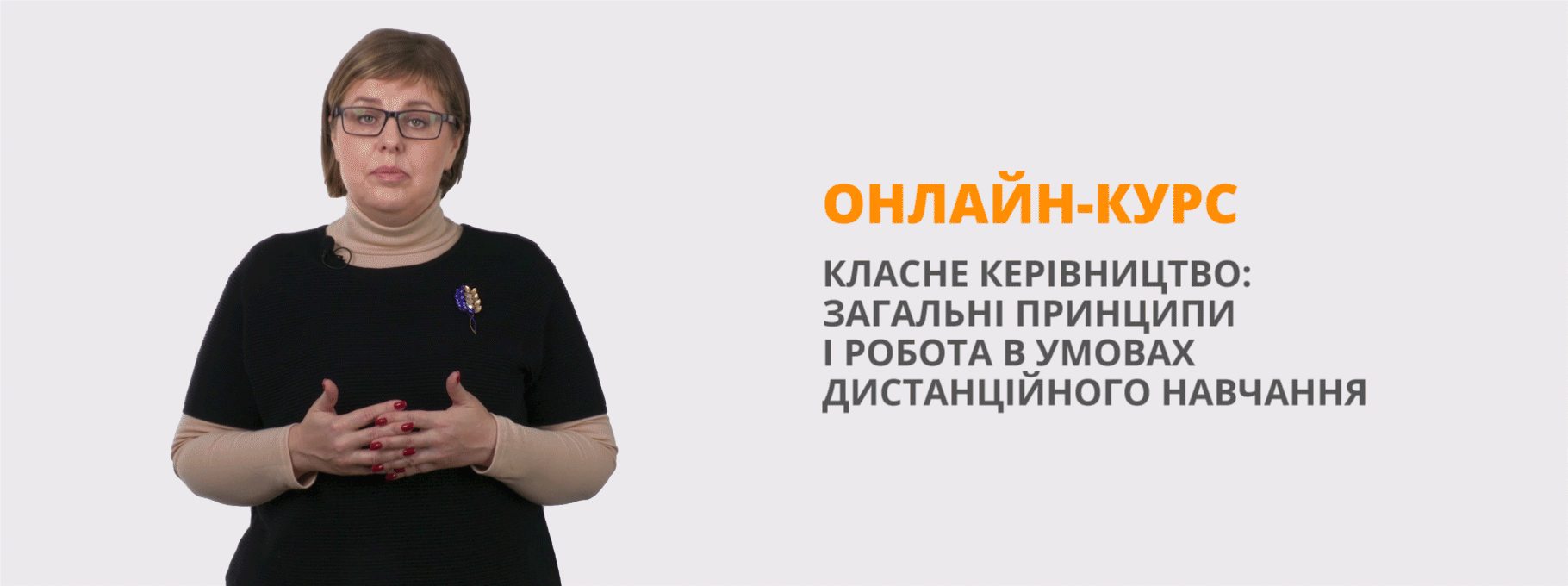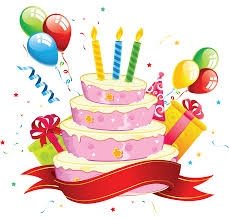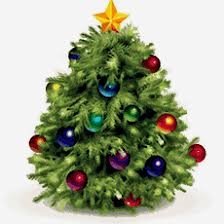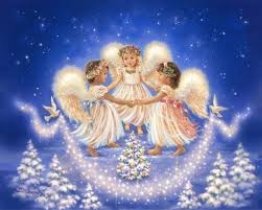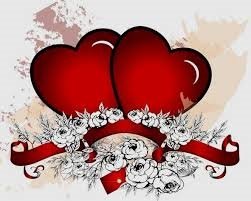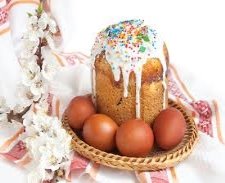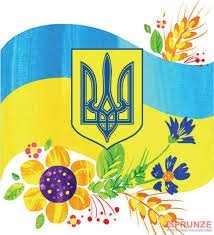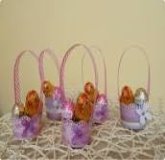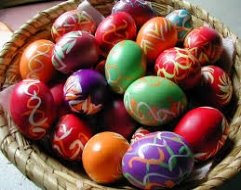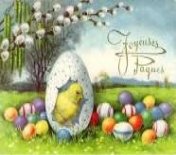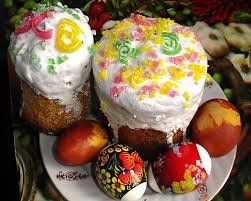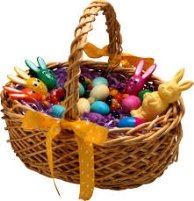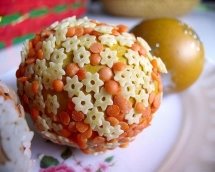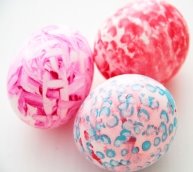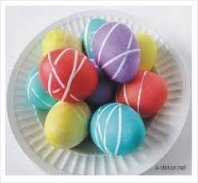Розробка Уроку англійської мови "Easter"
Урок у 2 класі «Великдень» (Easter)
Тема. Великдень (Easter)
Мета: практикувати всі види мовленнєвої діяльності, ознайомити з новими лексичними одиницями;
розвивати інтелектуальні та пізнавальні здібності, слухову й зорову пам'ять, увагу, вчити працювати в парі, формувати почуття гордості за свою сім’ю, розвивати соціокультурну компетенцію;
виховувати дбайливе ставлення до членів своєї родини, культуру співбесіди, виховувати інтерес до культури інших народів.
Тип уроку: комбінований
Обладнання: картки з зображенням свят та їх атрибутів, плакат на тему «Великдень», картки зі словами.
Procedure
I. Introduction
1. Greeting
Good morning, good morning,
good morning to you!
Good morning, good morning
I’m glad to see you!
2. Aim
The topic of our lesson is:
|
1 |
E |
g |
g |
|
1
|
4 |
|
|
2 |
A |
n |
n |
|
|||
|
3 |
S |
t |
a |
r |
|
2 |
5 |
|
4 |
T |
o |
p |
|
|||
|
5 |
E |
a |
r |
3 |
6 |
||
|
6 |
R |
u |
l |
e |
r |
||
3. Warming up
1. Team game. Divide the class into two teams. Hold up a picture (use the winter holidays pictures), or draw a picture on the board.
|
|
|
|
|
|
|
|
(Birthday, New Year, Christmas, St. Valentine’s Day, Easter, Independence Day)
A pupil from one team says the word. If it is correct, that team wins a point. If the pupil does not know the word, the other team can try to say the word to win a bonus point.
II. Main part
1. Presentation
1). Look, match and say
|
the Easter Bunny
|
|
Easter eggs |
|
the Easter basket |
|
a paska
|
|
an Easter greeting card
|
|
an Easter present |
|
1 |
2 |
3
|
|
4 |
5 |
6 |
Revise the structures “this is — these are” and “that is — those are”. Translate the structures into Ukrainian if necessary. Then give the examples using the new words and show the pictures: “This is a paska (show the picture of a paska to the pupils). These are Easter eggs (show the pictures or real Easter eggs to the pupils).”
Then take the picture of a paska to the door. Come back to your table. Point at the picture and say, “That is a paska.”
Do the same with the eggs: “Those are eggs.”
Ask the pupils to describe other pictures using the structures. Ask the pupils to stick pictures to the board and when they come back to their places describe them.
2. Practice
1). Work in pairs.
Read the instruction. Pupils listen.
“Work in pairs. Ask and answer.”
- How do you celebrate Easter? – We bake paskas.
- Do you… (paint Easter eggs)? – Yes, we do.
Pupil A reads a question. Pupil В gives an answer.
Then they swap roles.
Stick the pictures of the new words to the board and ask some questions about the pictures.
Explain the word combination “Easter Bunny”.
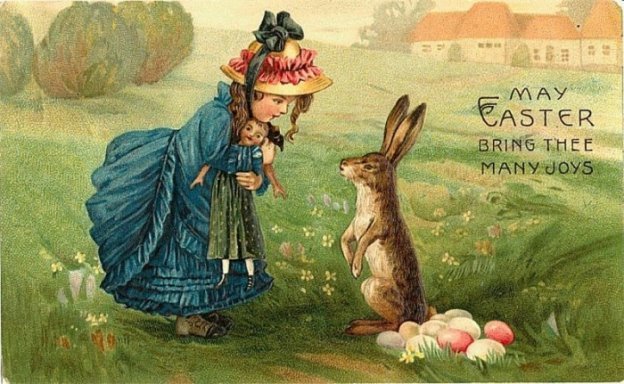
2). Listen and sing.
Hot cross buns
|
Hot cross buns! Hot cross buns! One a penny, Two a penny, Hot cross buns! |
Give them to your daughters, Give them to your sons, One a penny, Two a penny, Hot cross buns! |
Read the title of the song. Translate it and explain in their native language what “hot cross buns” mean and when British people cook them. Compare with a paska and kulich.
Explain the word “penny”.
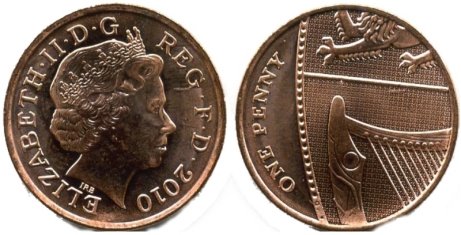
Read the lines of the song. Pupils listen and repeat.
Pupils read the poem one by one.
3. Reading and writing
1). Read, guess and write.
Ask the pupils to look at the pictures.
|
|
|
|
|
1 stars |
2 spots |
3 stripes |
Explain the words “stars”, “spots” and “stripes” using the pictures.
Ask questions about the Easter eggs: “What colour is the Easter egg Number 2? Which Easter egg is small? Which Easter egg has got stars (stripes)?”
Ask the pupils to read the sentences.
1. Kim’s Easter egg hasn’t got spots.
2. Jane’s Easter egg is big.
3. Tom’s Easter egg hasn’t got stars.
4. Ann’s Easter egg is not the small egg.
5. Alex’s Easter egg has got stars on it.
Pupils read and point at the right egg in the picture.
Then you can ask the pupils to write the sentences using possessives.
(If you want to save time, write the sentences with the gaps on the board.)
2). Choose and say.
Ask the pupils to read the sentences individually and choose the correct answers.
- … my Easter present.
A. These are B. They are C. This is
- Jane … a present. She is sad.
A. can’t B. isn’t C. hasn’t got
- Bill … go to the party. He is ill.
A. can’t B. isn’t C. hasn’t got
- We want to celebrate Helen’s birthday … the weekend.
A. in B. on C. at
Read the pairs of sentences. Explain to the pupils how the second sentence can help to choose the correct answer.
Draw the pupils’ attention to the singular and plural subjects and objects. Check the answers. Correct the wrong answers.
Key: 1. C. 2. C. 3. A. 4. C.
3). Listen and read.
|
scratch |
stretch |
splash |
strip |
throw |
|
scream |
street |
splice |
spring |
thrive |
|
scrub |
strap |
splay |
sprint |
three |
Read the drills. Draw the pupils’ attention to the vowel combinations and letter combinations at the end of the words.
Do choral and individual repetition.
III. Summing up
1. Homework
Draw a picture of an Easter Bunny or an Easter egg.
2. Summarizing
1) Ask the pupils to describe Easter Day.
2) Ask them to describe an Easter egg.


про публікацію авторської розробки
Додати розробку
